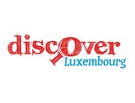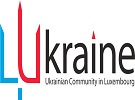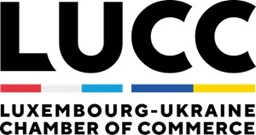
CIOs aspire to strike a balance between innovation and operational effectiveness while building strong relationships within the various business functions.
For the third consecutive year, Deloitte conducted a major survey to analyse the developments of the role of CIOs worldwide. Over 1,200 CIOs and senior IT executives across 43 countries were interviewed. The 2015 survey focused on dimensions directly linked to the heart of the responsibilities that shape the CIO legacy: business priorities, leadership and talent, relationships, and investment priorities.
CIO leadership and talent management
Strong communication skills are becoming increasingly important for CIOs. The survey shows that CIOs are focusing on establishing strong relationships within the different business functions to better play their role as business partners. Talent is another priority for the CIOs. “No individual can cater for all the needs of an organisation. Being surrounded by a talented team is therefore essential. Many CIOs today recognise the importance of talent management, but few CIOs have made it a business priority,” states Patrick Laurent, Partner and Technology & Enterprise Application Leader at Deloitte Luxembourg.
Regardless of industry, geography and organisational size, the role of CIOs is two-fold: they need to contribute to the business strategy while ensuring the day-to-day operations, business innovation and growth. “Technology vision and leadership are top priorities to succeed,” explained Steve Hauman, Director Technology & Enterprise Application at Deloitte Luxembourg. “As most CIOs are asked to lead in complex and fast changing environments, the ability to influence internal stakeholders and excellent communication skills are seen as key competencies. Surprisingly, only 9% of the interviewees state they have all the skills they need to execute their job effectively.”
Technology investments
The budgets that CIOs oversee and influence are a direct reflection of what they consider important and how they are creating value for the organisation. The vast majority of respondents (77%) believe that analytics and business intelligence will have significant impact on their businesses in the next two years, directly followed by digital (75%). Furthermore, 60% of respondents state that cloud computing and cyber security will have a crucial influence on businesses in the near future, despite receiving only medium-sized investments.
“While innovation and growth are often considered top business priorities, two-thirds of technology budgets are spent on running the day-to-day operations. It is interesting to see that Luxembourg CIOs differ from global findings with 21% of IT budget going into innovation – compared to the global average of 16%,” elaborated Patrick Laurent. “We believe this to be a positive sign for the technological development of companies within the Grand-Duchy.”
Is there a right CIO pattern?
The study uncovered three distinct clusters that describe how CIOs are delivering value today. The first pattern, Business creators, support and drive the business strategy. They will constantly adapt their pattern when the business context changes. The second pattern, Trusted Operators, focus on costs, operational efficiency and performance. Many CIO respondents described simultaneously juggling business performance with IT cost reduction and efficiency improvement. The third pattern is the one of the Change instigators. They focus on leading large transformations and innovation while looking for ways to enhance the role of technology. “There is no right pattern for all circumstances. CIOs first have to understand what the specific business needs are, and then adopt the most suitable pattern to cater for those needs,” concluded Steve Hauman.
Photo: Patrick Laurent, Partner and Technology & Enterprise Application Leader at Deloitte Luxembourg








